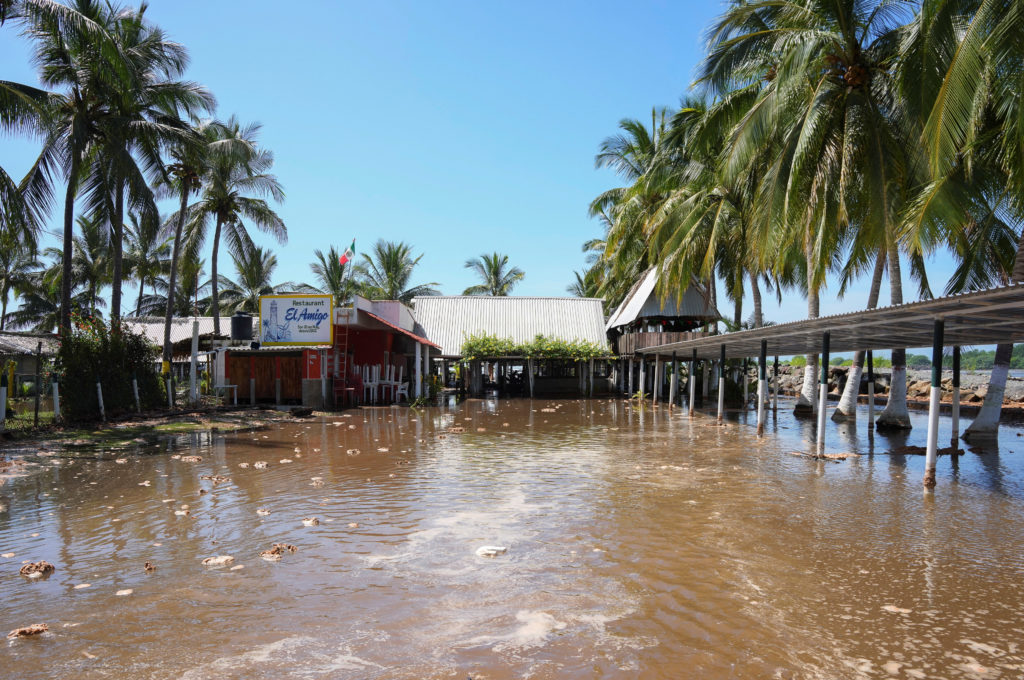Summary
Meteorologists have announced the arrival of La Nina, a natural weather pattern known for cooling parts of the Pacific Ocean, which often influences global weather. This La Nina is expected to be weak and might not last long, affecting weather patterns less than usual. La Nina can change rain and drought patterns in different parts of the world and sometimes increases hurricane activity.
Key Facts
- La Nina is a weather phenomenon that cools parts of the Central Pacific Ocean by at least 0.9 degrees Fahrenheit.
- It is the counterpart to El Nino, often resulting in different global weather patterns.
- La Nina can lead to more rain in northern U.S., Indonesia, and parts of Australia, but drier conditions in the southern U.S. and parts of China and Japan.
- This La Nina is predicted to be weak and possibly short-lived, with a 75% chance of remaining weak.
- Historically, La Nina can make the Atlantic hurricane season more active by reducing wind shear.
- Presently, the 2025 Atlantic hurricane season activity is below average, contrary to forecasts.
- Previous weak La Ninas have shown some impact despite being mild.
- La Nina has been more costly to U.S. agriculture than El Nino, causing significant drought-related expenses in the past.
